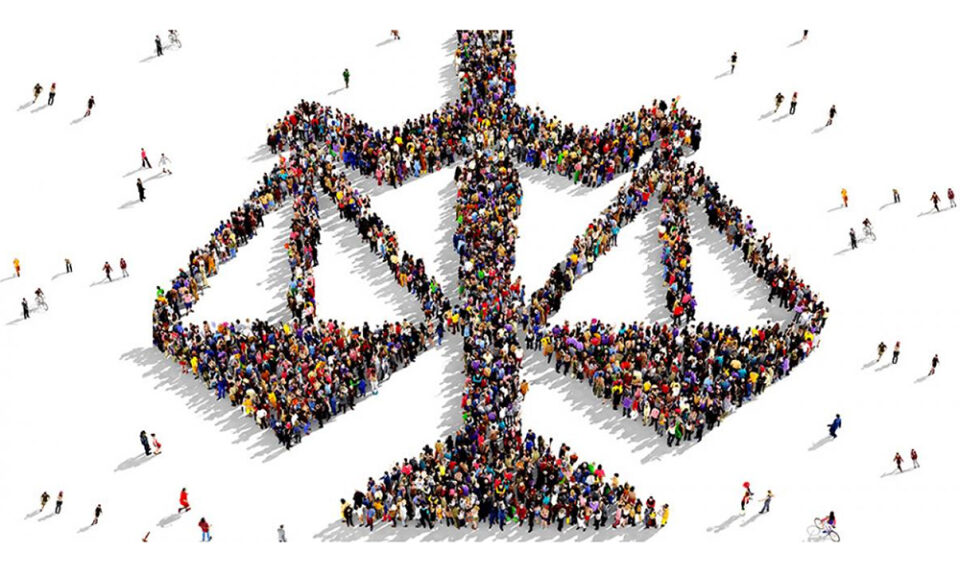International human rights law has undergone significant evolution throughout history, reflecting the changing global landscape and the growing recognition of the importance of protecting fundamental rights and freedoms. This article explores the key milestones and developments in the evolution of international human rights law.
The Birth of International Human Rights Law
The origins of international human rights law can be traced back to the aftermath of World War II, where the atrocities committed during the war highlighted the need for a global framework to protect human rights. The Universal Declaration of Human Rights (UDHR), adopted by the United Nations General Assembly in 1948, served as a landmark document that laid the foundation for the development of international human rights law.
The UDHR established a set of fundamental rights and freedoms that are inherent to all individuals, regardless of their nationality, ethnicity, or any other status. It proclaimed the right to life, liberty, and security of person, the right to freedom of thought, conscience, and religion, and the right to equal protection under the law, among others.
The Emergence of Human Rights Treaties
Following the adoption of the UDHR, several international human rights treaties were drafted and ratified, further solidifying the legal obligations of states to respect, protect, and fulfill human rights. Notable among these treaties are the International Covenant on Civil and Political Rights (ICCPR) and the International Covenant on Economic, Social, and Cultural Rights (ICESCR), both of which were adopted by the UN General Assembly in 1966 and entered into force in 1976.
The ICCPR focuses on civil and political rights, including the right to life, freedom of expression, and the prohibition of torture, while the ICESCR addresses economic, social, and cultural rights, such as the right to education, health, and an adequate standard of living. Together, these two covenants form the cornerstone of the international human rights framework.
The Role of Regional Human Rights Systems
In addition to the global framework established by the United Nations, regional human rights systems have played a crucial role in the evolution of international human rights law. These regional systems, such as the European Convention on Human Rights (ECHR), the Inter-American Commission on Human Rights (IACHR), and the African Charter on Human and Peoples’ Rights, have developed their own sets of human rights standards and mechanisms for monitoring compliance.
Regional human rights systems provide an additional layer of protection for individuals within their respective regions and allow for tailored approaches to address regional challenges and specific cultural contexts. They have contributed to the progressive interpretation and enforcement of human rights and have influenced the development of international human rights law as a whole.
Expanding the Scope and Reach of Human Rights
Over time, international human rights law has expanded to encompass new areas and address emerging challenges. For example, the Convention on the Rights of the Child (CRC), adopted in 1989, specifically focuses on the rights of children and sets out their entitlements in various aspects of life, including education, healthcare, and protection from exploitation.
International human rights law has also evolved to address issues such as gender equality, the rights of indigenous peoples, and the protection of refugees and migrants. The adoption of the Convention on the Elimination of All Forms of Discrimination against Women (CEDAW) in 1979 and the Declaration on the Rights of Indigenous Peoples in 2007 are notable milestones in this regard.
Challenges and Future Directions
While significant progress has been made in the evolution of international human rights law, challenges persist. The enforcement of human rights standards remains a complex task, and violations continue to occur in various parts of the world. The rise of new technologies and the impact of globalization also present new challenges that require innovative approaches to ensure the protection of human rights in a rapidly changing world.
Looking ahead, the future of international human rights law will likely focus on addressing issues such as climate change, artificial intelligence, and the protection of privacy in the digital age. The ongoing efforts to strengthen accountability mechanisms and promote human rights education and awareness will also play a crucial role in shaping the evolution of international human rights law.
International human rights law has evolved significantly since its inception, reflecting the changing global landscape and the growing recognition of the importance of protecting fundamental rights and freedoms. The adoption of key documents, the establishment of regional human rights systems, and the expansion of the scope and reach of human rights have all contributed to the development of a comprehensive framework for the protection of human rights at the international level.

